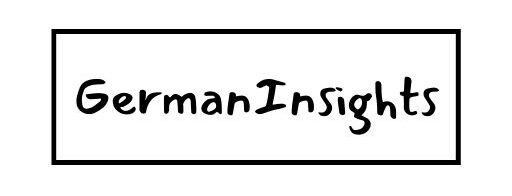
Germany Divided: Life Behind the Iron Curtain
- Entertainment & Culture
- 13 October 2024
- 4 Mins
- Last Updated: 4 November 2024

Political Landscape
The Socialist Unity Party (SED)
The Socialist Unity Party (SED) held complete dominance in East Germany, controlling every facet of life. It ensured loyalty to the state through various means, making dissent nearly impossible.
The Stasi (Ministry for State Security)
The Stasi was notorious for its extensive surveillance network, employing informants and using fear to control the populace. It infiltrated every part of society, making trust a rare commodity.
Limited Freedoms
Economic Realities
Planned Economy
Shortages and Rationing
Contrast with West Germany
Social and Cultural Life
Education and Indoctrination
Media Control
Youth Organizations
Restricted Travel
Resistance and Dissent
Early Uprisings
Dissident Movements
The Role of the Church
Everyday Life
Housing
Food and Consumer Goods
Leisure Activities

The Fall of the Wall and Reunification
Growing Unrest
In the late 1980s, growing unrest and pressure from citizens led to the fall of the Berlin Wall in 1989, a pivotal moment in history.
Challenges of Reunification
Integrating East Germany into West Germany presented significant challenges, including economic disparities and social integration issues.
Legacy of the GDR
The legacy of the German Democratic Republic (GDR) continues to influence German society today, reminding us of the resilience and strength of the human spirit in the face of oppression.




